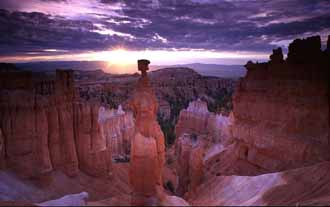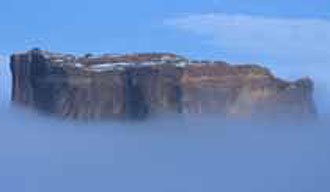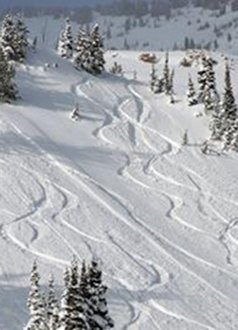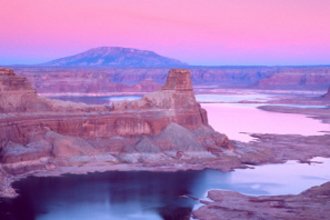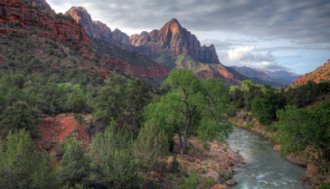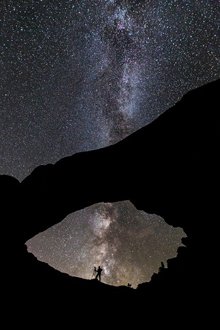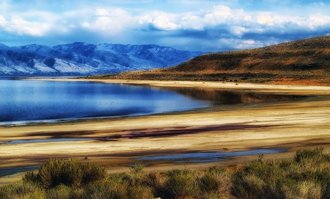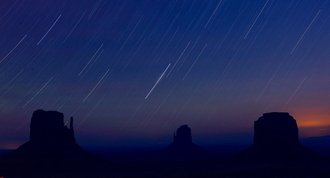That You Were Never The Same?
Unusual Utah
Wildlife Encounters
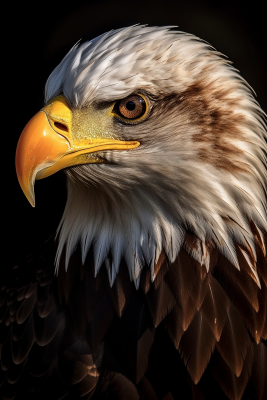
From Mysterious Desert Dwellers to Alpine Residents
Utah, often renowned for its sweeping red-rock vistas, world-class skiing and unique geological formations, is also a hidden gem when it comes to biodiversity. Biodiversity or biological diversity is “the variety and variability of life on Earth.”
Far more than just the home of the iconic bald eagle or mule deer, Utah offers a myriad of animal species that often go unnoticed even from people living in the state.
This article talks about some of the secrets of Utah’s lesser-known wildlife. And unusual Utah wildlife encounters. Most of these weren’t mentioned in my previous article “Utah Wildlife.”
The state’s vast and varied ecosystems … from arid deserts to lush wetlands and from freshwater bodies to alpine settings … support a surprising range of wildlife. In this article, we’ll pull back the curtain just a little bit on some of Utah’s unusual and often underappreciated animal residents.
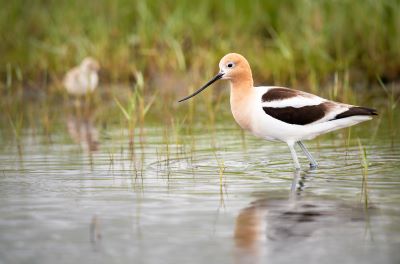
The Immersive Experience of Wildlife Spotting
Nothing quite compares to the exhilaration of spotting wildlife in their natural environment. Whether it's your first glimpse of a reclusive desert tortoise or the majesty of a soaring bird of prey, these unexpected moments demonstrate the unpredictability and excitement of nature.
This isn't just an exercise in observation. It is an interchange with the natural world. A subtle exchange that whispers in your ear about the complex web of life that holds our planet together.
But don’t forget that spotting wildlife requires responsibility. This includes respecting their space. It also means to avoid trying to feed them or interrupting their natural activities.
And make sure that you're not leaving traces like litter that could harm them. You’re essentially a guest in their living room. Behave as you would expect a guest to behave in yours.
To boost your chances of one of these magical encounters, a little planning will improve your odds. Early mornings and late afternoons, often referred to as the "golden hours," are particularly fruitful times for wildlife spotting.
Using binoculars or a spotting scope can drastically improve your viewing range. Slow, quiet movements will increase your chance of seeing rather than scaring animals. I continue to be amazed at how disruptive people are when out in the field.
As a former bowhunter … years ago … stealth was imperative. It often allowed me to get within a couple yards of a deer and her fawn without them even knowing I was there. Of course, we were never hunting does or fawns. I think they knew they were safe.
Now, you may want to reconsider this tactic when in grizzly bear country. But last I heard, there were no grizz left in Utah.
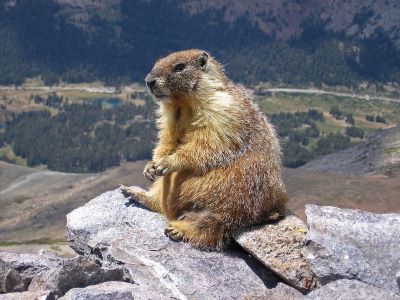
The Enigma of Desert Dwellers
What makes Utah’s outdoor ecosystems so compelling is the unexpected abundance of life. Unexpected for some people especially newcomers but not for those who’ve spent any time in it. Here you can find intriguing species like kit foxes, kangaroo rats, and desert tortoises. Each having its own unique survival strategy.
The kit fox, for example, has large ears which serve a dual purpose … enhanced hearing for hunting and an effective cooling system to release heat. Kangaroo rats possess the almost magical ability to metabolize the seeds they eat into water. This reduces their need to drink water which is important in the hot dry climate they live in.
Desert tortoises are the ultimate survivalists with the ability to store up to a gallon of water in their bladders to utilize during extreme drought conditions. These adaptations are both interesting and a marvel.
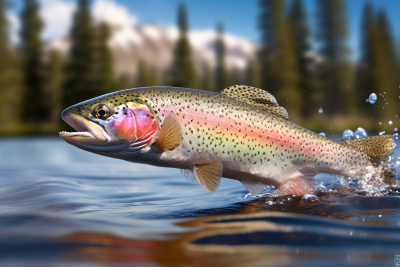
The Fascinating World Beneath Utah’s Waters
Utah’s aquatic environments … its rivers, lakes, and reservoirs … are far from the barren, fishless bodies of water one might expect in such an arid state. Far from it.
These ecosystems are actually teeming with life. They house native fish species like the Bonneville Cutthroat Trout, planted types such as the rainbow and brown trout, and lesser-known amphibians like the boreal toad.
In fact, on my “Fishing in Utah” page, I list the following fish living in Utah’s waters:
- gargantuan trophy lake trout
- whopping striped bass
- savage tiger muskie
- walleye
- largemouth and smallmouth bass
- channel catfish
- perch and crappie
- freshwater kokanee salmon
- rainbow trout
- cutthroat trout
- brown trout
- brook trout
Water is a precious commodity in this second driest state although that is mainly an issue west and south of the mountains. It is fitting to remember the role of water conservation in protecting these unique ecosystems.
In a state where water resources have been increasingly stressed over the last few drought-stricken years, each drop counts not just for humans but for the countless species that rely on Utah's aquatic habitats.
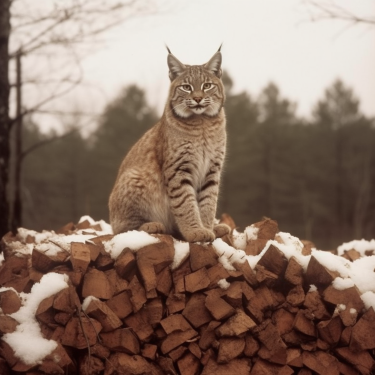
Unveiling the Mysteries of the Night: Nocturnal Wildlife
For those who find the cover of darkness appealing, Utah’s deserts and forests offer another level of experience. Imagine the overpowering silence of the desert night broken only by the haunting hoots of an owl.
Night-active mammals like raccoons, bobcats and skunks add to the magic. For those inclined to explore the nightlife, red-filtered flashlights can help you navigate without overwhelming the nocturnal residents or injuring yourself.
Mule deer seem to be everywhere at night. Even in heavily-populated urban areas. It is not unusual to see deer in yards even in the middle of the day during summer. They hang out anywhere they can feed and hide easily.
The Unlikely Residents of High Altitudes
While the desert floor of Utah may reach scorching temperatures, the mountainous regions can be a whole different world. Animals like mountain goats, pikas, and marmots call these high elevations home.
Mountain goats, with their specially evolved hooves, navigate the craggy terrains just above Salt Lake City as if they were flat ground. Pikas and marmots prepare for winters by collecting stores of food during the warmer months. This activity is essential for survival in environments where the ground will be covered by snow for up to 6 months at a time.
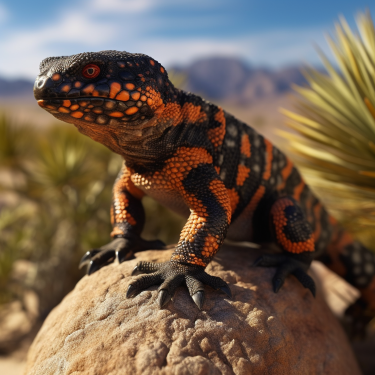
The Desert’s Scaly Inhabitants
Reptiles are often the most misunderstood residents of Utah’s landscapes. From colorful collared lizards to the mildly venomous Gila monster … found only in the extreme southwest corner of the state … these animals are vital cogs in the state’s ecology. They serve as both predators … controlling populations of smaller animals … and prey for larger predators.
Contrary to popular belief, actions
like hissing or inflating their bodies are generally defensive mechanisms
rather than signs of aggression. Conservation
efforts for these species are particularly urgent given the rapid changes
affecting their fragile desert homes.
Just take a look at the explosion of both people and construction invading the red rock landscape around St. George. It is rapidly eating up the habitat these creatures have always thrived in. It looks nice and the green grassy golf courses are a beautiful site in the desert landscape but they’re eating up crucial habitat … and water … at an accelerated rate.
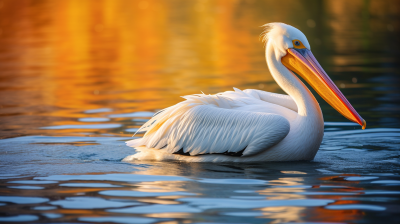
Birds: The Overlooked Treasures of Utah’s Skies
Birdwatching in Utah can be an unpredictable and rewarding experience. The state plays host to hundreds of bird species. Some are residents while others are sojourners just passing through on their migratory routes.
There are 467 birds on the official state list for Utah. Of course, there are countless other species simply moving through on their way to another destination.
How about the red-tailed hawk that seems to return to my back yard every spring to check out the activity around the bird feeder? At least, I think it’s the same hawk. Of course that means that the rest of the birds will disappear until he/she moves on.
Or the fat California Quail that emerge from the trees and bushes by the dozens to pick up the spill-over from the same bird feeder. You can hear them in the trees throughout the neighborhood. According to the experts, the California Quail's main call consists of three syllables and sounds like the bird is saying Chi-ca-go.
From Yellow Warblers to Black-Necked Stilts, these winged creatures add a dynamic element to the state’s biodiversity. The observation of these often taken-for-granted residents offers not just aesthetic pleasure but hopefully allows for a deeper understanding of ecological connectivity.
The Imperative of Wildlife Conservation
Understanding and appreciating Utah's unique wildlife is the first step towards its preservation. Various organizations and community groups are involved in conservation efforts aimed at protecting these remarkable creatures and their habitats. From the grand scale of national wildlife reserves to the grassroots level of community awareness, every effort counts.
As individuals, we can contribute by being responsible stewards. Following ethical wildlife viewing guidelines, advocating for habitat preservation and supporting conservation organizations are all ways in which people can make a difference.
Always practice “Leave No Trace” principles. It is up to us to ensure that Utah’s wildlife not only survives but thrives for generations to come.
In conclusion, Utah’s diverse ecosystems serve as a microcosm of our planet’s incredible biodiversity. Whether it's the mysterious reptiles of the desert, the sky dancers of the wetlands, or the high-altitude residents of the mountains, every species adds a unique thread to the tapestry of our outdoors.
So much of their habitat is being swallowed up by “growth.” Encountering these creatures in their natural habitat can be a soul-enriching experience. Yet, the magic of these encounters lies not just in the thrill of the moment but in the stories these creatures tell us.
The fact that so many of them are still here. That they’ve adapted and survived. That they’re still a key part of the intricate web of life that we’re all a part of.
Just remember that as you venture into the outdoors, be respectful. Be responsible. Do it with a sense of wonder. It is in these unusual encounters that we find some of our most memorable moments.
Have A Great Story About Utah Wildlife?
Do you have a great story about Utah Wildlife? Share it!


